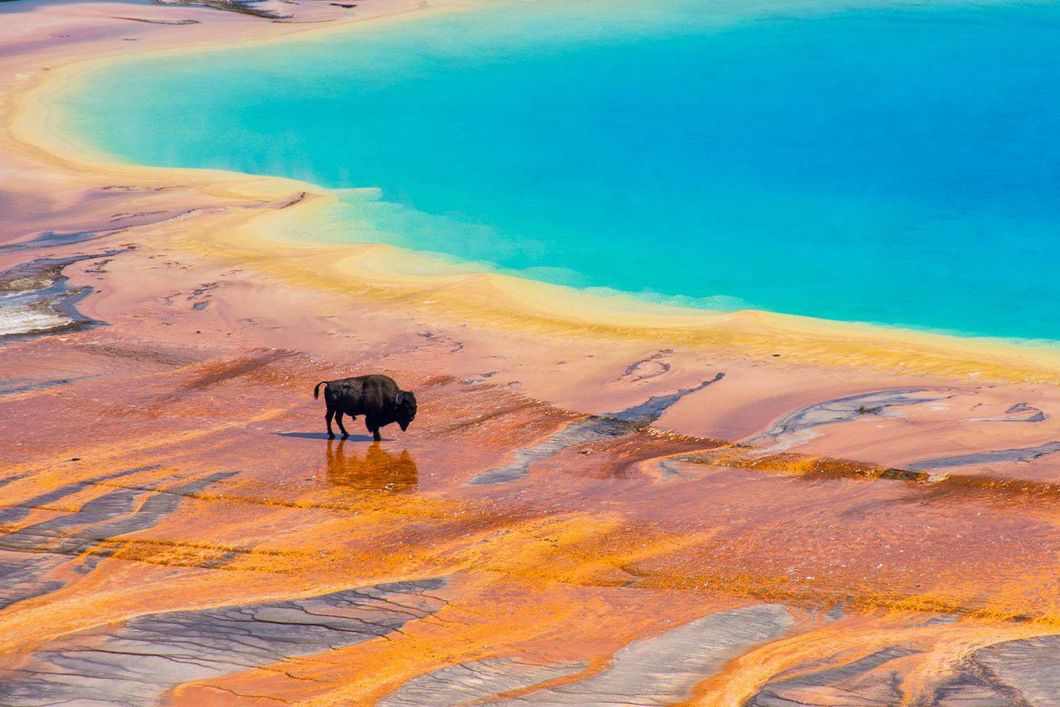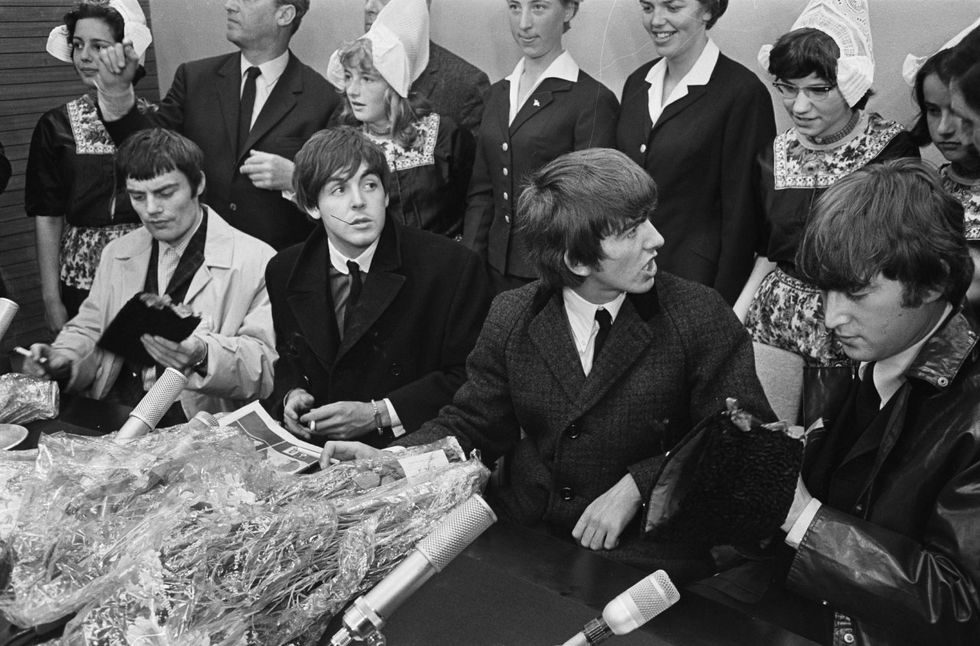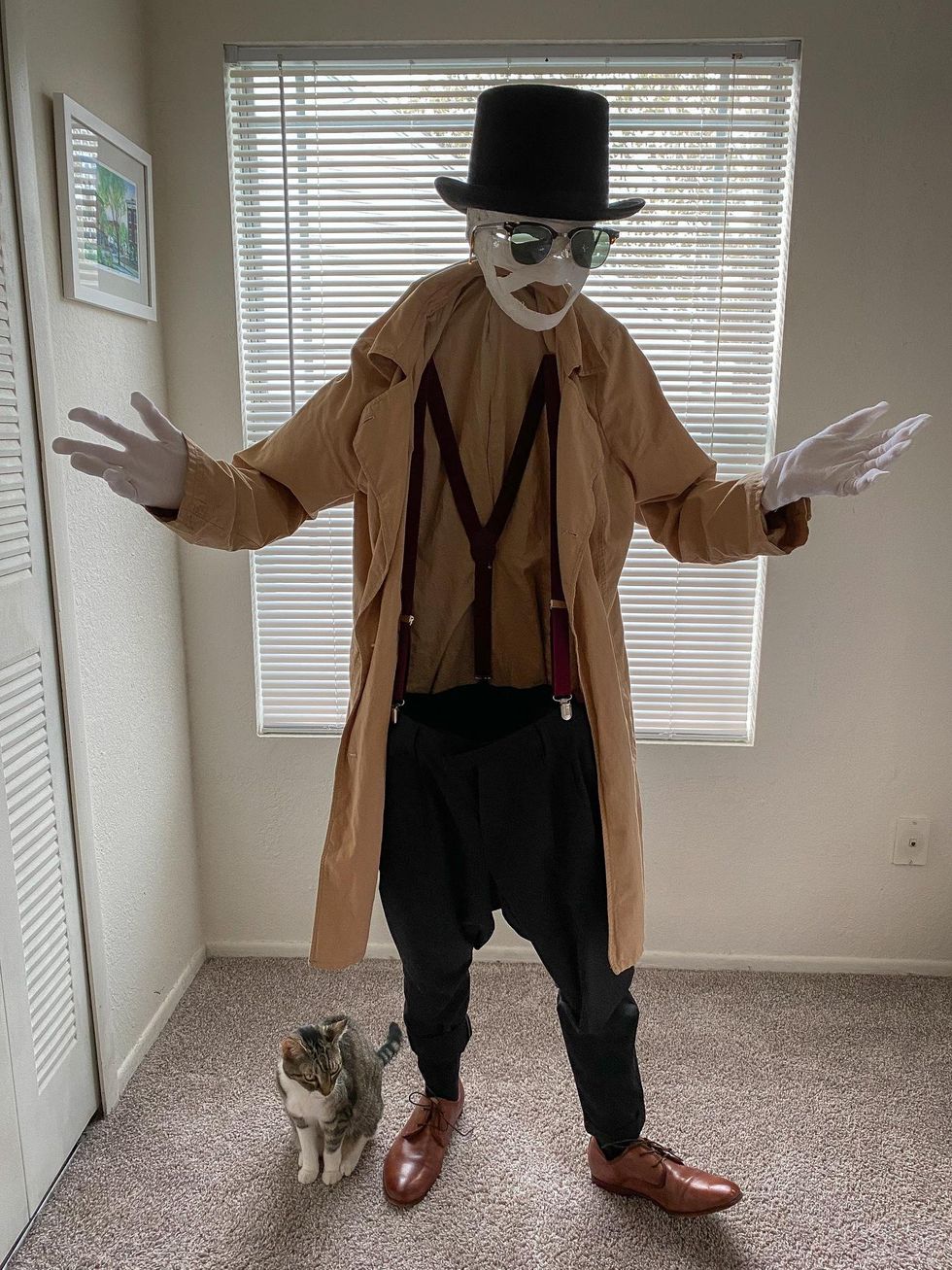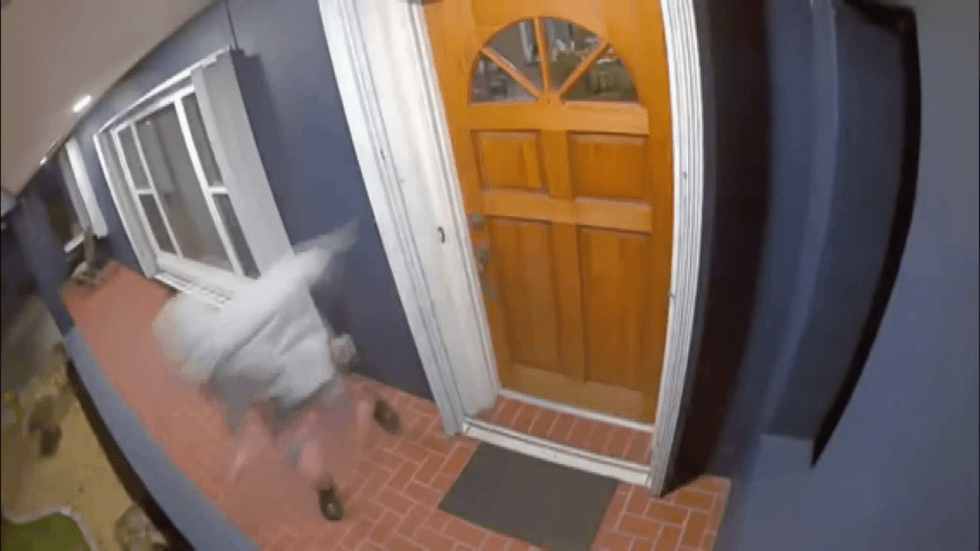With half of the Earth's existing geothermal features, Yellowstone is home to the most diverse and intact collection of geysers, hot springs, fumaroles, and mud pots on the planet. Additionally, its history of volcanic and seismic activity draws geoscientists and tourists alike to the national park in order to better examine and understand the inner workings of our Earth.
Let's take a look at the truly awesome geological features that comprise Yellowstone National Park.
History
The geologic history of Yellowstone National Park dates back literally hundreds of millions of years, centuries before the land became the world's first national park in 1872. The landscape of the Greater Yellowstone Ecosystem is the result of numerous geological processes that have occurred over the last 150 million years. The compression, glaciation, erosion, and volcanism that has taken place in this area has formed the physical features- mountains, canyons, and plateaus- that make up this natural wonder.
The true origin of what we know as Yellowstone National Park began, interestingly enough, underwater! The land that would become Yellowstone Country started out submerged beneath the sea, then frozen under several thousand feet of ice, to emerge and evolve to the Yellowstone we know today as a direct result of Plate Tectonics. Thousands of earthquakes per year, not to mention numerous volcanic eruptions, shaped Yellowstone into the incredibly complex geological marvel that people flock to visit each year.
Geysers
One of the most famous aspects of Yellowstone National Park, of course, is its abundance of geysers. These rare, natural fountains are sprinkled throughout the park, letting off massive, impressive plumes of steam at intervals. This steam explosion is caused by the decline of pressure from hotter waters beneath the Earth's surface, and creates an awesome spectacle for visitors hoping to catch a glimpse of a true natural wonder.
Yellowstone National Park boasts more geysers than anywhere else on the planet, including Riverside, Steamboat, Castle, and of course, the world-famous Old Faithful. Each geyser erupts with its own personality, with some shooting steam in small bursts reminiscent of a fireworks display, and others pulsating like a massive steam engine, with bursts of steam reaching as high as 400 feet. The variance of eruptions leaves visitors awestruck and amazed by the natural beauty and mystery of our planet.
Volcanic Activity
The entirety of Yellowstone National Park itself is considered to be not just an active volcano, but in fact a 'supervolcano,' meaning that it has the capability of an eruption of more than 240 cubic miles of magma! Yellowstone's volcanic activity is closely monitored by scientists with the Yellowstone Volcano Observatory, who watch for changes that could indicate the likelihood of another major eruption.
The last major volcanic eruption of Yellowstone took place over 170,000 years ago, forming the West Thumb of Yellowstone Lake. Geologic studies show that, over the course of the past two million years, the plateau of Yellowstone has blown its top every approximately once every 600,000 years. Since then, volcanic activity has been minimal, and most geologists agree that another major eruption is unlikely to occur in the next 10,000 years. Still, they remain vigilant, using a variety of sensors, GPS data, and other technologies and equipment to keep a close eye on the area, especially since the bowels of the Yellowstone caldera are once again filling with magma.
Earthquakes
Believe it or not, between 1,000 and 3,000 earthquakes occur under the surface of Yellowstone National Park each year. However, geoscientists who study the area still consider this to be within normal parameters of geologic activity. The quakes themselves are of such low magnitude that most of them can't be felt beneath the feet of park visitors, who aren't even aware it is occurring.
However, there are some exceptions. The largest earthquake that occurred in 2020 had a magnitude of 3.1 on the Richter scale, with 66 additional quakes between 2.0 and 3.0 taking place throughout the year.
Mudpots
Mudpots are formed by sulfuric acid that is naturally generated by a low amount of hot water combined with hydrogen sulfide gas. This acid dissolves the surrounding rock into small particles of clay and silica, then mix with the small amounts of water to form the bubbling mudpots. These unusual natural features are another of the many geologic curiosities within Yellowstone National Park.
Areas such as Artist and Fountain paint pots, as well as Mud Volcano, draw tourists in to witness the sights, sounds, and smells of one of the most unique and rare geologic occurrences on the planet.
Fumaroles
Also called steam vents, fumaroles are hot springs with a lot of heat but very little water. In fact, there is so little water that it all boils away by the time it reaches the surface, resulting in a loud hissing vent of steam and gases. Roaring Mountain in Yellowstone National Park is known for its abundance of fumaroles, not to mention the incredible sound it makes as they all go off!
Hot Springs
Yellowstone National Park is home to numerous hot springs, including the famed Mammoth Hot Springs, which draws hot water upward from below the Earth's surface through ancient limestone deposits, rather than the silica-rich lava flows common to other hot springs within the park.
Hot springs occur naturally as a result of downward-seeping groundwater coming into contact with hot gases charged with carbon dioxide rising from the magma chamber below the surface. The weak carbonic acid solution that is caused by the carbon dioxide dissolving into the water causes the water to flow outward from the layers of rock. Though hot springs occur in many areas throughout the United States and the world, the limestone deposits of Mammoth Hot Springs in Yellowstone National Park make it among the rarest and most unique types of hot spring.
For geologists, as well as those who are simply fascinated by how natural processes help shape the face of the Earth, there is perhaps no better place than Yellowstone National Park. With borehole logging solutions and other technological advances in the field of geology, studying the unique and diverse landscape of Yellowstone can help geoscientists better understand these natural phenomena.
Yellowstone has inspired awe in hundreds of millions of visitors since its official dedication as a national park, and will continue to spark the imaginations of tourists- and compel geoscientists to study its varied and unique geologic makeup-for years to come..





 Going to the cinema alone is good for your mental health, says science
Going to the cinema alone is good for your mental health, says science












 women in street dancing
Photo by
women in street dancing
Photo by  man and woman standing in front of louver door
Photo by
man and woman standing in front of louver door
Photo by  man in black t-shirt holding coca cola bottle
Photo by
man in black t-shirt holding coca cola bottle
Photo by  red and white coca cola signage
Photo by
red and white coca cola signage
Photo by  man holding luggage photo
Photo by
man holding luggage photo
Photo by  topless boy in blue denim jeans riding red bicycle during daytime
Photo by
topless boy in blue denim jeans riding red bicycle during daytime
Photo by  trust spelled with wooden letter blocks on a table
Photo by
trust spelled with wooden letter blocks on a table
Photo by  Everyone is Welcome signage
Photo by
Everyone is Welcome signage
Photo by  man with cap and background with red and pink wall l
Photo by
man with cap and background with red and pink wall l
Photo by  difficult roads lead to beautiful destinations desk decor
Photo by
difficult roads lead to beautiful destinations desk decor
Photo by  photography of woman pointing her finger near an man
Photo by
photography of woman pointing her finger near an man
Photo by  closeup photography of woman smiling
Photo by
closeup photography of woman smiling
Photo by  a man doing a trick on a skateboard
Photo by
a man doing a trick on a skateboard
Photo by  two men
two men  running man on bridge
Photo by
running man on bridge
Photo by  orange white and black bag
Photo by
orange white and black bag
Photo by  girl sitting on gray rocks
Photo by
girl sitting on gray rocks
Photo by  assorted-color painted wall with painting materials
Photo by
assorted-color painted wall with painting materials
Photo by  three women sitting on brown wooden bench
Photo by
three women sitting on brown wooden bench
Photo by 
 Photo by
Photo by  Photo by
Photo by  Photo by
Photo by  Photo by
Photo by 


 people sitting on chair in front of computer
people sitting on chair in front of computer






